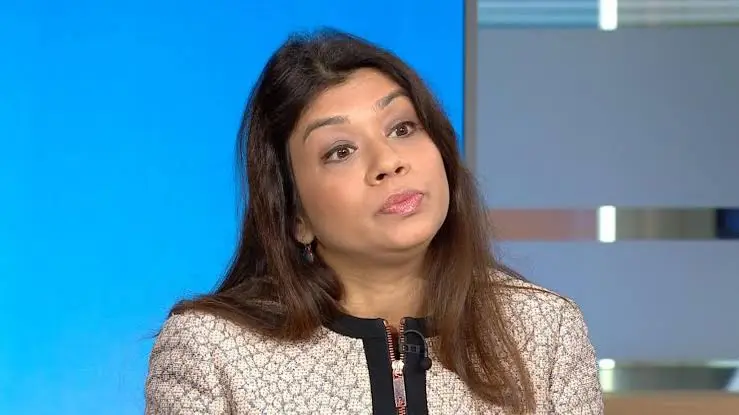One prisoner described conditions in Israeli detention centres as “more difficult than you can imagine” [Getty]
Israel released hundreds of Palestinian prisoners on Saturday in exchange for three Israeli captives freed by Hamas, completing the sixth prisoner exchange since the ceasefire came into effect last month.
Four of the Palestinians released were in “critical condition” and had to be rushed to hospital in the occupied West Bank for treatment, according to the Palestinian Red Crescent, providing more evidence of the harsh treatment of detainees in Israeli detention centres.
One prisoner described conditions in Israeli custody as “more difficult than you can imagine”.
Local rights group The Palestinian Prisoners Club last week accused Israel of “systematic abuse” after seven of the prisoners freed during the previous swap were hospitalised after their release.
Images distributed by the Israeli Prisons Service on Saturday showed detainees forced to wear sweatshirts featuring the Star of David and a slogan reading “we do not forget and we do not forgive”.
The prisoners tore them off and burned them when they arrived in Khan Younis, central Gaza, according to an AFP correspondent.
Hundreds of people freed yesterday returned to Gaza and others were released in the occupied West Bank to jubilant crowds.
“I’ve returned to my family and I’ve returned anew, born again,” one prisoner was quoted by AFP as saying.
Thirty-six of those freed had been serving life sentences, 24 of whom were due to be deported as agreed under the terms of the ceasefire, according to the Palestinian Prisoners’ Club.
In Gaza, Hamas and Palestinian Islamic Jihad released three dual citizens held for more than 16 months at a staged event in Khan Younis that was calmer than last week’s chaotic handover.
Israeli-American Sagui Dekel-Chen, Israeli-Russian Sasha Trupanov and Israeli-Argentine Yair Horn were made to stand on stage holding gift bags and give statements into a microphone before they were escorted from the site by the Red Cross and transported to Israel.
The exchange was the sixth since the 42-day ceasefire came into force on 19 January and went ahead despite Hamas threatened to suspend the releases a few days earlier.
The Palestinian group had accused Israel of multiple violations of the truce agreement, prompting US President Donald Trump and the Israeli government to threaten an immediate return to war if it didn’t release the captives on Saturday.
Hamas has now released 21 of the 33 prisoners it agreed to free during the first phase of the ceasefire.
The fate of the ceasefire has also been thrown into uncertainty by Trump‘s shock announcement last week that he intends to occupy the Gaza Strip, expel all 2.2 million of its inhabitants into Egypt and Jordan, and redevelop the land into a luxury tourist destination.
The proposal was met with outrage among Arab governments, which have flatly rejected the displacement of Palestinians from Gaza, but was lauded by the Israeli government, which is making preparations for Gazans’ ‘voluntary’ migration.
Egypt is working with other Arab states and European governments on a plan to rebuild Gaza without removing the Palestinians from their land. Arab summits in Riyadh and Cairo later this month will aim to build an Arab consensus around Gaza’s reconstruction and political future.
Negotiations on the second phase of the truce are expected to begin in Qatar next week. The talks were supposed to have started on 3 February but have been delayed by Israeli prime minister Benjamin Netanyahu.
During the talks, Hamas and Israel will need to agree on a mechanism to release the remaining prisoners in Gaza, negotiate Israel’s full withdrawal, and permanently end the war.
US Secretary of State Marco Rubio arrived in Israel late Saturday ahead of expected talks with Prime Minister Benjamin Netanyahu on the ceasefire and Trump‘s plan for Gaza.
Rubio will then travel to Saudi Arabia and the UAE for further discussions.
Israel’s onslaught on Gaza has killed more than 48,200 people, mostly civilians, and injured 111,700 others, according to Gaza’s health ministry.
It has reduced most of the territory to rubble, rendering it almost uninhabitable.





